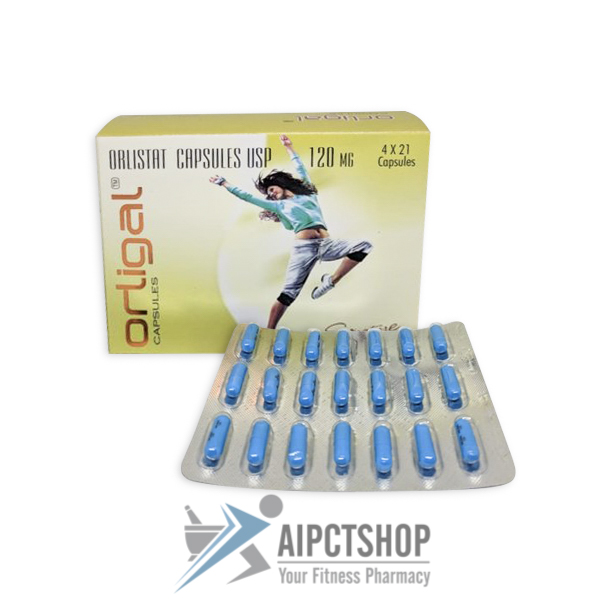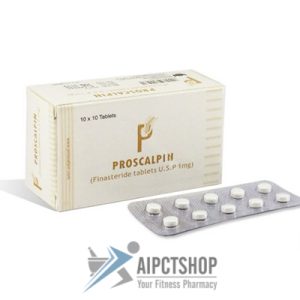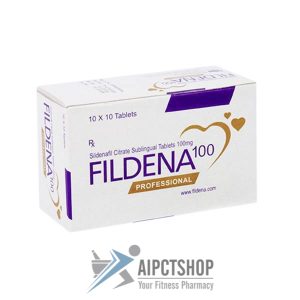Orlistat Information
What is this drug used for?
• It is used to help you lose weight.
Possible side effects
Orlistat may cause side effects. Tell your doctor if any of these symptoms are severe or do not go away:
• Diarrhea.
• Not able to control stools.
• Gas with discharge, oily spotting, and feeling the need to go to the bathroom.
• Fatty or oily stools.
• Belly pain.
• Upset stomach.
• Headache.
• Back pain.
• Feeling tired or weak.
• Period (menstrual) changes.
Some side effects can be serious. If you experience any of these symptoms, call your doctor immediately or get emergency medical treatment:
• Signs of an allergic reaction, like rash; hives; itching; red, swollen, blistered, or peeling skin with or without fever; wheezing; tightness in the chest or throat; trouble breathing, swallowing, or talking; unusual hoarseness; or swelling of the mouth, face, lips, tongue, or throat.
• Signs of kidney problems like unable to pass urine, change in how much urine is passed, blood in the urine, or a big weight gain.
• Signs of liver problems like dark urine, feeling tired, not hungry, upset stomach or stomach pain, light-colored stools, throwing up, or yellow skin or eyes.
• Signs of gallstones like sudden pain in the upper right belly area, right shoulder area, or between the shoulder blades; yellow skin or eyes; or fever with chills.
• Black, tarry, or bloody stools.
• Pain when passing urine.
• Passing urine more often.
• Very bad back pain.
• Very bad groin or thigh pain.
• Swelling.
• Very bad belly pain.
Medication Safety Issues
Sound-alike/look-alike issues:
Xenical may be confused with Xeloda
Storage/Stability
Store at 25°C (77°F); excursions permitted to 15°C to 30°C (59°F to 86°F).
Adverse Reactions
The frequency of most adverse reactions (especially gastrointestinal effects) decreases over time. Frequency not always defined.
Cardiovascular: Pedal edema (≤3%)
Central nervous system: Headache (≤31%), fatigue (3% to 7%), anxiety (3% to 5%), sleep disorder (≤4%)
Dermatologic: Xeroderma (≤2%)
Endocrine & metabolic: Menstrual disease (≤10%), hypoglycemia (in patients with diabetes)
Gastrointestinal: Oily rectal leakage (4% to 27%), abdominal distress (≤26%), abdominal pain (≤26%), flatulence with discharge (2% to 24%), bowel urgency (3% to 22%), steatorrhea (6% to 20%), oily evacuation (2% to 12%), frequent bowel movements (3% to 11%), nausea (4% to 8%), fecal incontinence (2% to 8%), infectious diarrhea (≤5%), rectal pain (3% to 5%), gingival disease (4%), cholelithiasis (3%), abdominal distension (in patients with diabetes)
Genitourinary: Urinary tract infection (6% to 8%), vaginitis (3%)
Infection: Influenza (≤40%)
Neuromuscular & skeletal: Back pain (≤14%), leg pain (≤11%), myalgia (≤4%)
Otic: Otitis (4%)
Respiratory: Upper respiratory tract infection (38%), lower respiratory tract infection (≤8%)
<1%, postmarketing, and/or case reports: Acute renal failure, anaphylaxis, angioedema, bronchospasm, bullous skin disease, calcium oxalate nephrolithiasis, gastrointestinal hemorrhage (lower), hepatic failure, hepatitis, hypersensitivity, hypersensitivity angiitis, increased serum alkaline phosphatase, increased serum transaminases, pancreatitis, pruritus, renal disease (secondary to increased urinary oxalate excretion), skin rash, urticaria








